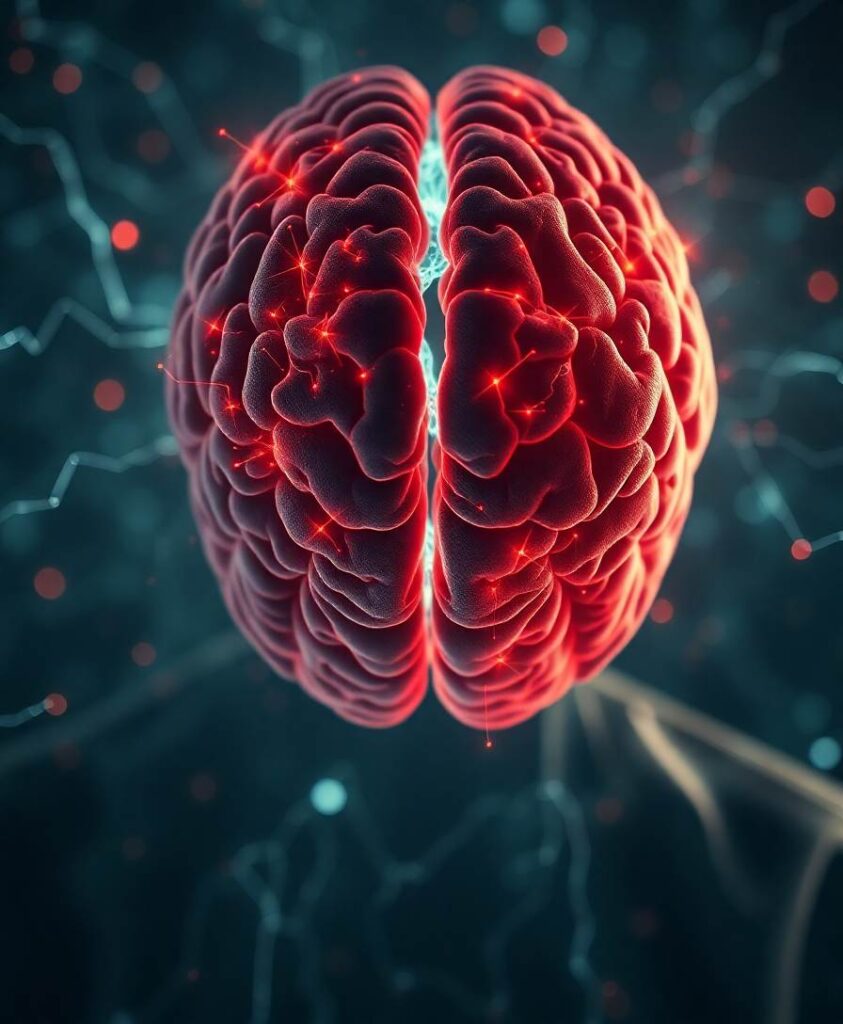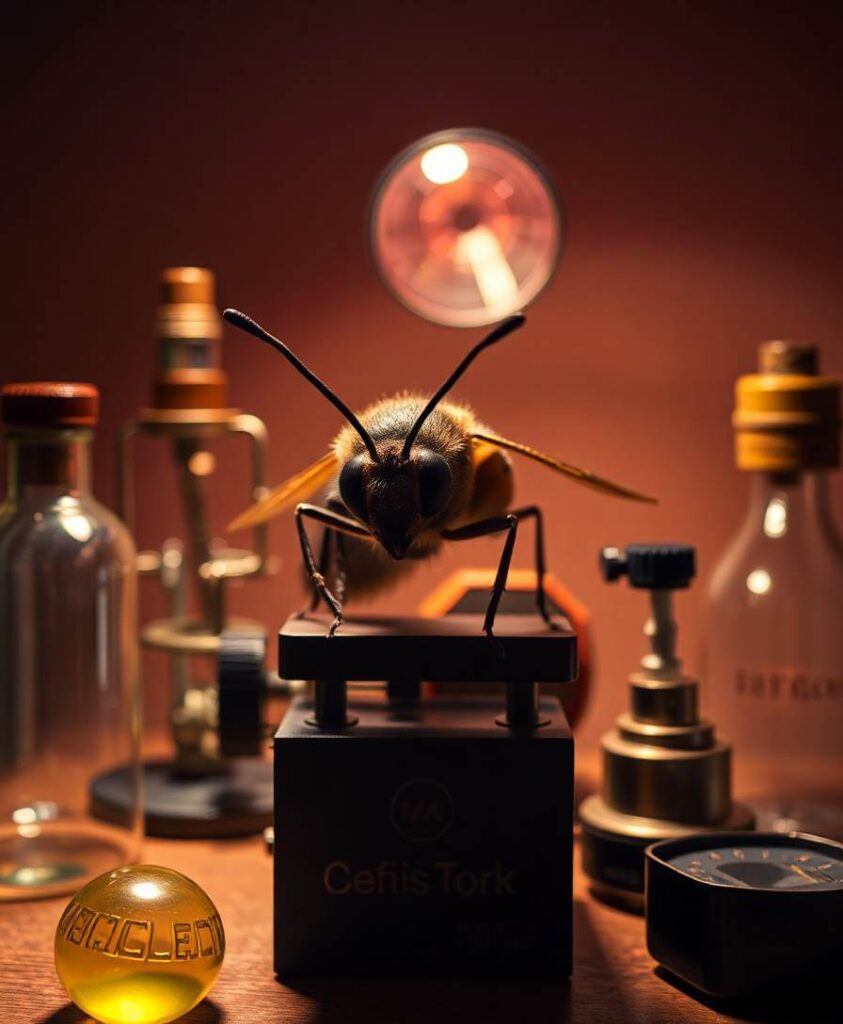BackgroundInterhemispheric and intrahemispheric long-range synchronization and information communication are crucial features of functional integration between the bilateral hemispheres. Previous studies have demonstrated that disrupted functional connectivity (FC) exists in the bilateral hemispheres of patients with carpal tunnel syndrome (CTS), but they did not clearly clarify the phenomenon of central dysfunctional connectivity. This study aimed to further investigate the potential mechanism of the weakened connectivity of primary somatosensory cortex (S1) based on a precise template.MethodsPatients with CTS (n = 53) and healthy control subjects (HCs) (n = 23) participated and underwent resting-state functional magnetic resonance imaging (rs-fMRI) scanning. We used FC to investigate the statistical dependency of the whole brain, effective connectivity (EC) to analyze time-dependent effects, and voxel-mirrored homotopic connectivity (VMHC) to examine the coordination of FC, all of which were adopted to explore the change in interhemispheric and intrahemispheric S1.ResultsCompared to the healthy controls, we significantly found a decreased strength of the two connectivities in the interhemispheric S1hand, and the results of EC and VMHC were basically consistent with FC in the CTS. The EC revealed that the information output from the dominant hemisphere to the contralateral hemisphere was weakened.ConclusionThis study found that maladjusted connections between and within the bilateral S1 revealed by these methods are present in patients with CTS. The dominant hemisphere with deafferentation weakens its effect on the contralateral hemisphere. The disturbance in the bilateral S1 provides reliable evidence to understand the neuropathophysiological mechanisms of decreased functional integration in the brains of patients with CTS.


